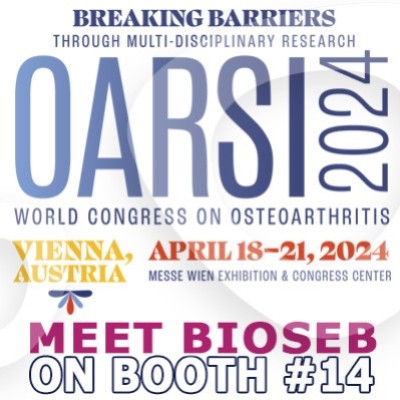Authors
Patra K, Lyons DJ, Bauer P, Hilscher MM, Sharma S, Leão RN, Kullander K.
Lab
Department of Neuroscience, Uppsala University, Uppsala, Sweden.
Journal
Eur J Neurosci.
Abstract
The solute carrier and presynaptic vesicle protein solute carrier family 10 member 4, or vesicular aminergic-associated transporter (VAAT), was recently proven to have a modulatory role in central cholinergic signalling. It is currently unknown whether VAAT also affects peripheral cholinergic synapses. Here we demonstrated a regulatory role for the presynaptic vesicle protein VAAT in neuromuscular junction (NMJ) development and function. NMJs lacking VAAT had fewer branch points, whereas endplates showed an increased number of islands. Whereas the amplitude of spontaneous miniature endplate potentials in VAAT-deficient NMJs was decreased, the amplitude of evoked endplate potentials and the size of the readily releasable pool of vesicles were both increased. Moreover, VAAT-deficient NMJs displayed aberrant short-term synaptic plasticity with enhanced synaptic depression in response to high-frequency stimulation. Finally, the transcript levels of cholinergic receptor subunits in VAAT-deficient muscles were increased, indicating a compensatory postsynaptic sensitization. Our results suggested that VAAT modulates NMJ transmission efficiency and, as such, may represent a novel target for treatment of disorders affecting motor neurons.
BIOSEB Instruments Used:
Grip strength test (BIO-GS3)

 Pain - Thermal Allodynia / Hyperalgesia
Pain - Thermal Allodynia / Hyperalgesia Pain - Spontaneous Pain - Postural Deficit
Pain - Spontaneous Pain - Postural Deficit Pain - Mechanical Allodynia / Hyperalgesia
Pain - Mechanical Allodynia / Hyperalgesia Learning/Memory - Attention - Addiction
Learning/Memory - Attention - Addiction Physiology & Respiratory Research
Physiology & Respiratory Research
 Pain
Pain Metabolism
Metabolism Motor control
Motor control Neurodegeneration
Neurodegeneration Cross-disciplinary subjects
Cross-disciplinary subjects Muscular system
Muscular system General activity
General activity Mood Disorders
Mood Disorders Other disorders
Other disorders Joints
Joints Central Nervous System (CNS)
Central Nervous System (CNS) Sensory system
Sensory system Bioseb on booth #14 at OARSI 2024 in Vienna
Bioseb on booth #14 at OARSI 2024 in Vienna 